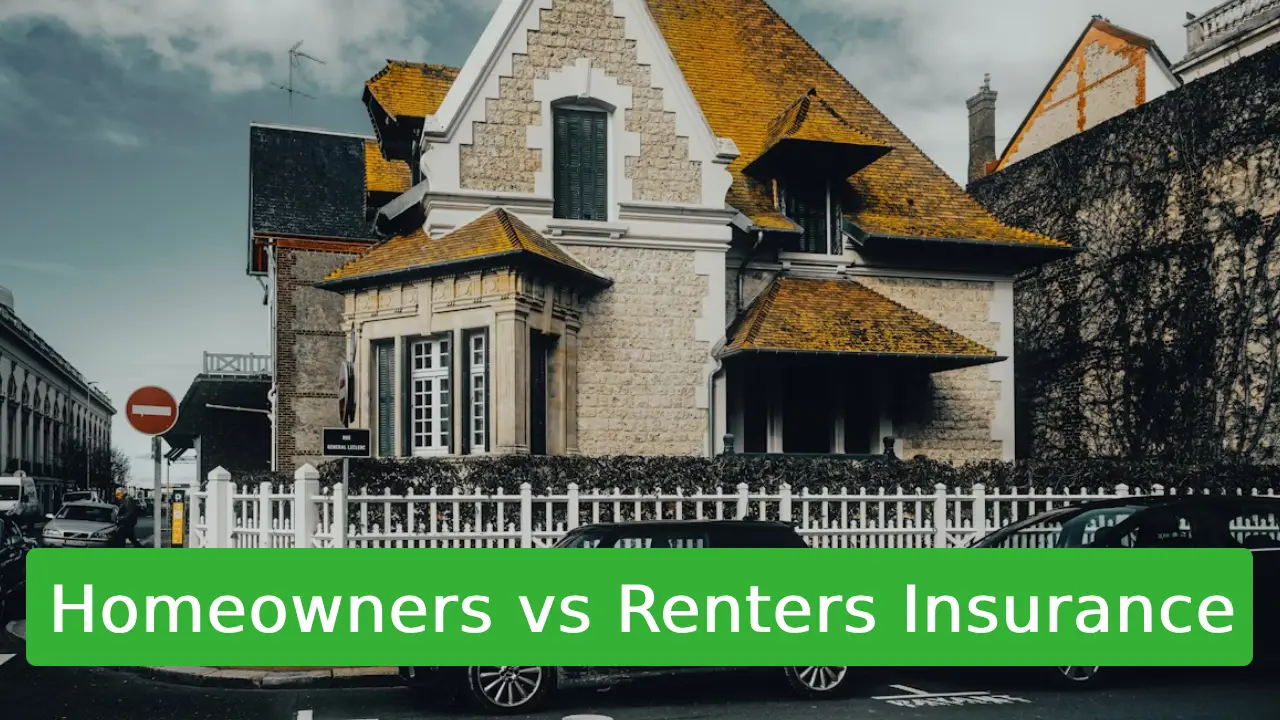5 Critical Differences: Homeowners vs Renters Insurance Explained
Homeowners vs renters insurance serves distinct needs for property owners and tenants. While both protect against unforeseen disasters, their coverage scope varies drastically. Homeowners insurance safeguards your dwelling, personal property, liability risks, and temporary living costs. Renters’ insurance, however, exclusively covers personal belongings and liability, not the physical structure. Understanding these differences is crucial to avoid costly gaps in protection.
🔑 What is Homeowners Insurance?
Homeowners insurance shields those who own their residence. It combines four core coverages:
- Dwelling Protection: Repairs/rebuilds your home’s structure (walls, roof) after disasters like fire or storms.
- Personal Property: Replaces stolen/damaged belongings (e.g., furniture, electronics).
- Liability Coverage: Pays legal fees if someone gets injured on your property.
- Loss of Use: Covers hotel bills if your home becomes uninhabitable during repairs.
👉 Exclusions: Floods, earthquakes, and routine wear-and-tear require separate policies.
🏠 What is Renters Insurance?
Renters’ insurance protects tenants’ possessions and liability, not the building itself (that’s the landlord’s responsibility). Key inclusions:
- Personal Property: Reimburses losses from theft, fire, or vandalism.
- Liability: Covers injuries to guests in your rented space (e.g., a friend slipping in your apartment).
- Additional Living Expenses (ALE): Pays for temporary housing if your rental is damaged.
⚠️ Exclusions: Structural damage, floods, earthquakes, and high-value items (e.g., jewelry) often need supplemental coverage.
⚖️ Key Differences: Homeowners vs Renters Insurance
1. Dwelling Coverage
- Homeowners: Covers the physical structure.
- Renters: Zero dwelling protection—landlords handle building repairs.
2. Personal Property Limits
- Homeowners: Typically includes higher limits (e.g., 50–70% of dwelling coverage).
- Renters: Customizable limits based on belongings’ value.
3. Liability Scenarios
- Homeowners: Applies to injuries anywhere on your property (e.g., backyard, driveway).
- Renters: Limited to incidents inside your leased unit.
4. Loss of Use
- Both cover temporary relocation costs, but homeowners often receive higher payouts due to longer repair times.
5. Cost Differences
- Homeowners: Averages $1,300–$2,500/year (varies by location/home value).
- Renters: Significantly cheaper at $150–$300/year.
🌊 Common Exclusions in Both Policies
- Natural Disasters: Floods and earthquakes are never covered—purchase separate policies like FEMA’s National Flood Insurance (dofollow).
- High-Value Items: Art, collectibles, or jewelry exceed standard limits; add endorsements.
- Business Equipment: Work-from-home gear may need business insurance.
🛡️ Which Policy Do You Need?
- Own a house? Homeowners insurance is non-negotiable—most mortgages require it.
- Renting? Renters’ insurance is affordable and vital—landlords’ policies won’t replace your stolen laptop.
💡 Pro Tips for Optimal Coverage
- Conduct a Home Inventory: Document belongings with photos/receipts.
- Bundle Policies: Pair auto + home/renters insurance for discounts (e.g., State Farm).
- Review Annually: Update coverage after major purchases (e.g., new furniture).
❓ FAQs
Does renters’ insurance cover roommates?
No—only named policyholders. Roommates need separate policies.
Can homeowners skip flood insurance?
Only if outside flood zones—but 25% of flood claims come from low-risk areas (FEMA).
